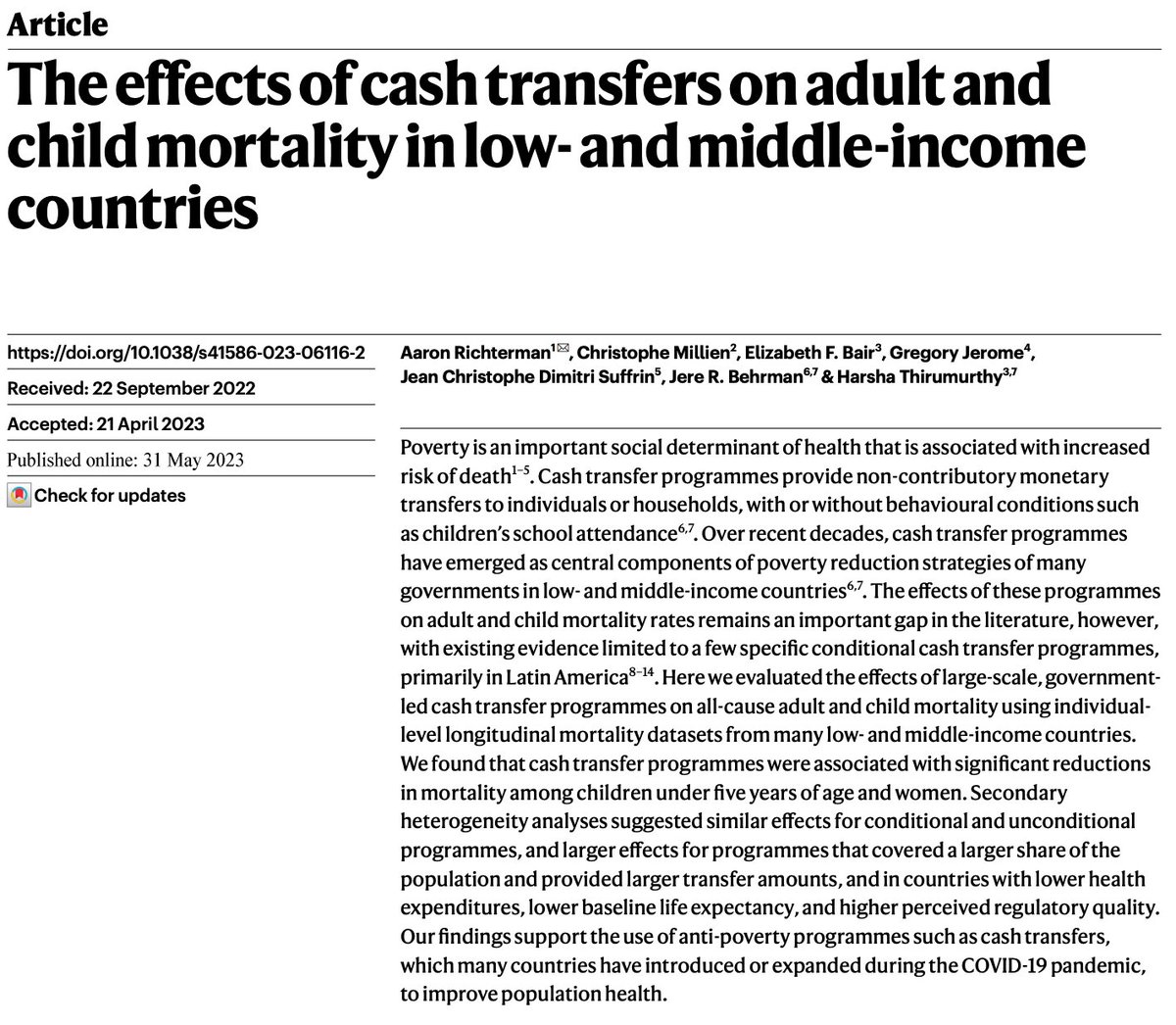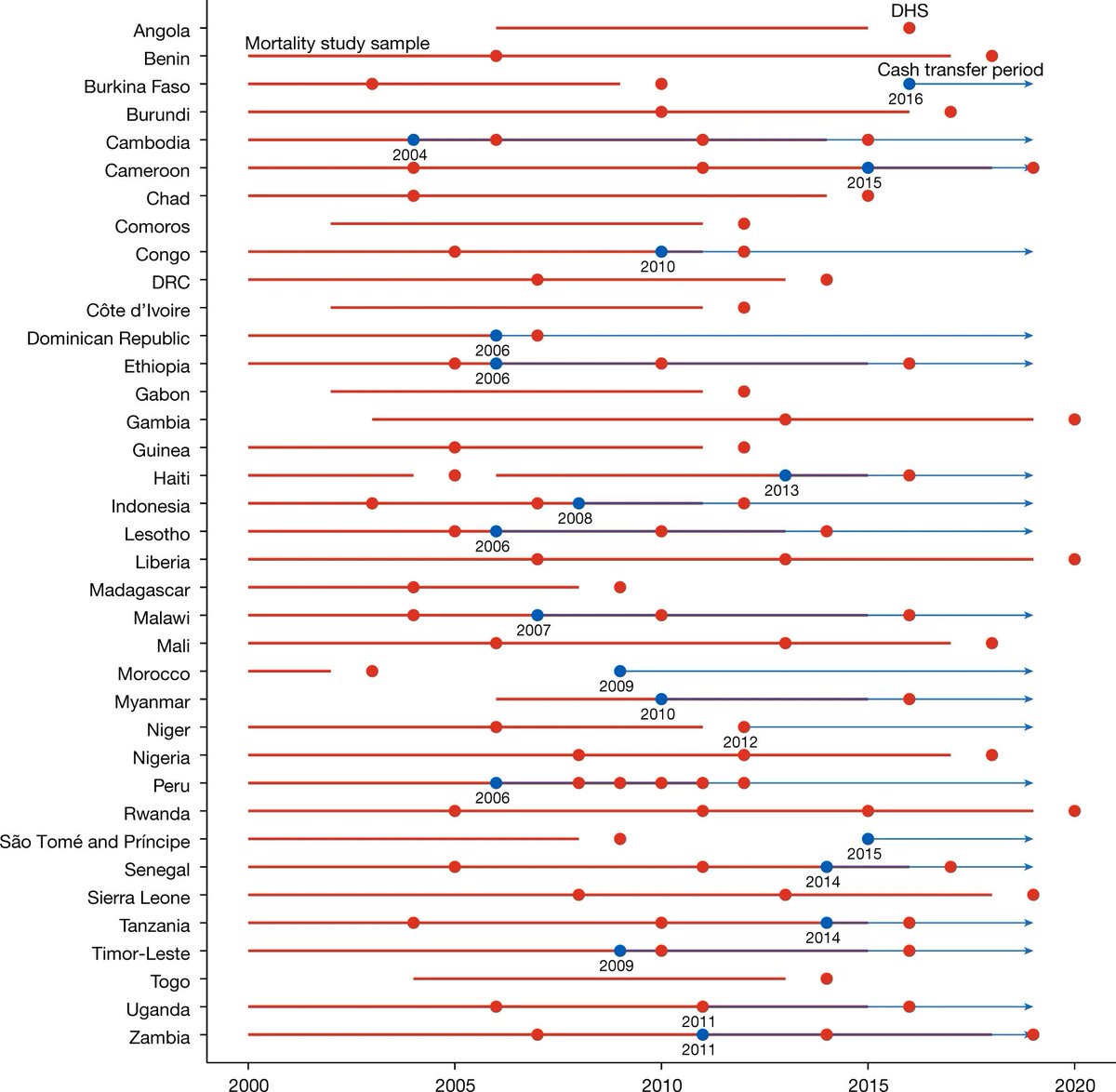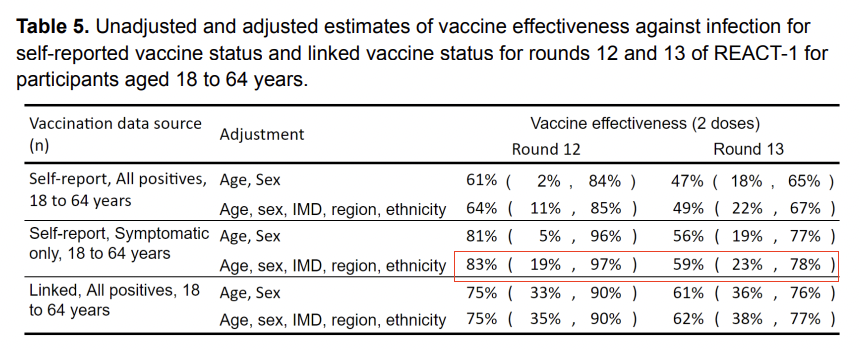Political appointees move to silence @CDCMMWR reports, the weekly lifeline from a barely functioning institution and the cornerstone of public health reporting in the US
Selection of reports that have been essential to understanding the US epidemic 👇🏻
politico.com/news/2020/09/1…
Selection of reports that have been essential to understanding the US epidemic 👇🏻
politico.com/news/2020/09/1…
March 20 — cruise ship investigation with early hint about crucial importance of indoor dining for transmission
cdc.gov/mmwr/volumes/6…
cdc.gov/mmwr/volumes/6…
March 20 — investigation in Singapore demonstrates that aggressive test, trace, isolate can be effective if community prevalence is low
cdc.gov/mmwr/volumes/6…
cdc.gov/mmwr/volumes/6…
March 27 — nursing home investigation in Washington identifies important vulnerabilities in these facilities and highlights devastating consequences of transmission
cdc.gov/mmwr/volumes/6…
cdc.gov/mmwr/volumes/6…
April 3 — symptom based screening will be insufficient to prevent nursing home outbreaks
cdc.gov/mmwr/volumes/6…
cdc.gov/mmwr/volumes/6…
April 10 — importance of sentinel surveillance in identifying community transmission
cdc.gov/mmwr/volumes/6…
cdc.gov/mmwr/volumes/6…
May 1 — 2 reports showing homeless shelters as important focus of transmission requiring special attention
cdc.gov/mmwr/volumes/6…
cdc.gov/mmwr/volumes/6…
cdc.gov/mmwr/volumes/6…
cdc.gov/mmwr/volumes/6…
May 8 — Black patients overrepresented among those hospitalized with covid19
cdc.gov/mmwr/volumes/6…
cdc.gov/mmwr/volumes/6…
May 8 — investigation of meat and poultry plants showing 5000 infections and 20 deaths
cdc.gov/mmwr/volumes/6…
cdc.gov/mmwr/volumes/6…
May 15 — investigation into the now famous Skagit choir superspreading event
cdc.gov/mmwr/volumes/6…
cdc.gov/mmwr/volumes/6…
May 15 — analysis of excess deaths in NYC show 5000+ additional deaths related to covid in addition to the ~19000 known to be covid-related
cdc.gov/mmwr/volumes/6…
cdc.gov/mmwr/volumes/6…
May 15 and 22 — worrisome early impact of the epidemic on childhood vaccinations
cdc.gov/mmwr/volumes/6…
cdc.gov/mmwr/volumes/6…
cdc.gov/mmwr/volumes/6…
cdc.gov/mmwr/volumes/6…
June 26 — first study in pregnant women to use an appropriate control group, identifying this population as at risk for severe disease
cdc.gov/mmwr/volumes/6…
cdc.gov/mmwr/volumes/6…
June 26 — decreased use of emergency departments for life threatening illnesses during the pandemic
cdc.gov/mmwr/volumes/6…
cdc.gov/mmwr/volumes/6…
July 17 — 0 infections from 139 exposures to symptomatic hair stylists with covid19. Circumstantial evidence supporting the crucial role of universal masking
cdc.gov/mmwr/volumes/6…
cdc.gov/mmwr/volumes/6…
July 24 — some of the first well-designed randomly sampled serosurveys in the US demonstrate low overall prevalence of infection (but much higher than identified cases)
cdc.gov/mmwr/volumes/6…
cdc.gov/mmwr/volumes/6…
cdc.gov/mmwr/volumes/6…
cdc.gov/mmwr/volumes/6…
July 31 — high proportion of people experiencing symptoms for at least 2-3 weeks
cdc.gov/mmwr/volumes/6…
cdc.gov/mmwr/volumes/6…
August 7 — superspreading event at Georgia sleepover camp. This can happen with kids if precautions aren’t take.
cdc.gov/mmwr/volumes/6…
cdc.gov/mmwr/volumes/6…
August 14 — early report characterizing multisystem inflammatory syndrome in children (MIS-C) in the US
cdc.gov/mmwr/volumes/6…
cdc.gov/mmwr/volumes/6…
August 28 — successful strategies preventing transmission in child care programs in Rhode Island. Important case study.
cdc.gov/mmwr/volumes/6…
cdc.gov/mmwr/volumes/6…
September 4 — Strategies used for successful summer camps in Maine without major transmission events. Important case study.
cdc.gov/mmwr/volumes/6…
cdc.gov/mmwr/volumes/6…
September 11 — importance of various community exposures as risk factors for acquiring infection (restaurants being the big one)
cdc.gov/mmwr/volumes/6…
cdc.gov/mmwr/volumes/6…
September 11 — cluster investigation showing superspreading events starting at child care facilities and making its way into households
cdc.gov/mmwr/volumes/6…
cdc.gov/mmwr/volumes/6…
• • •
Missing some Tweet in this thread? You can try to
force a refresh














